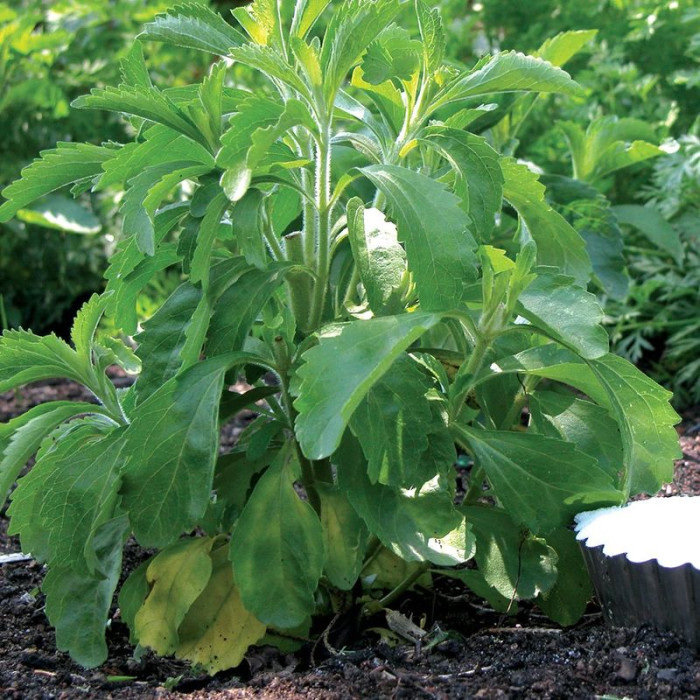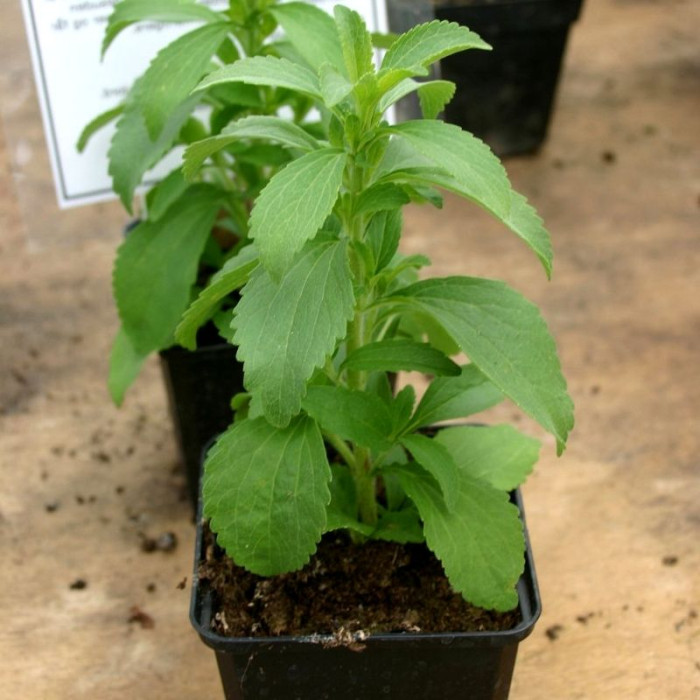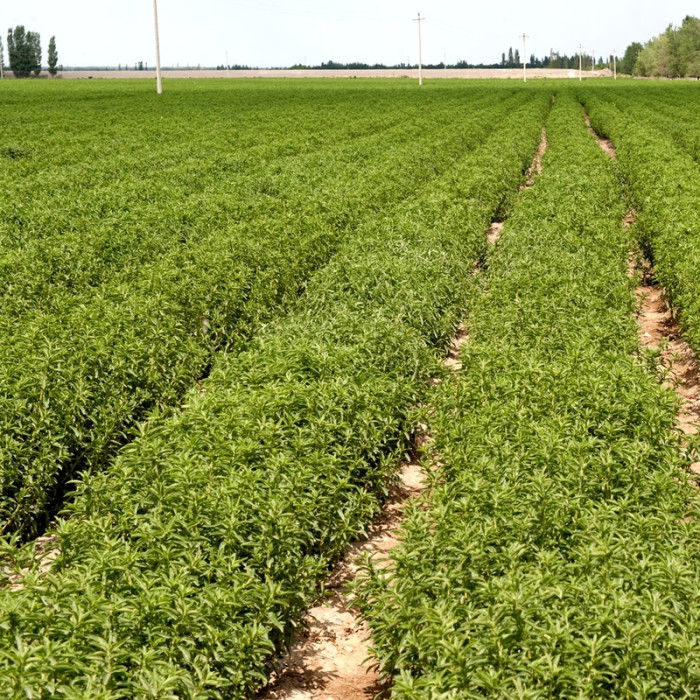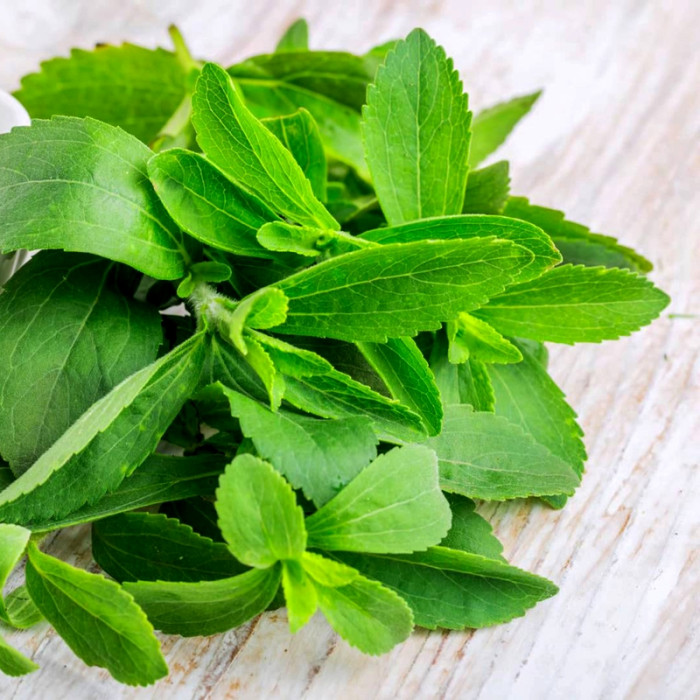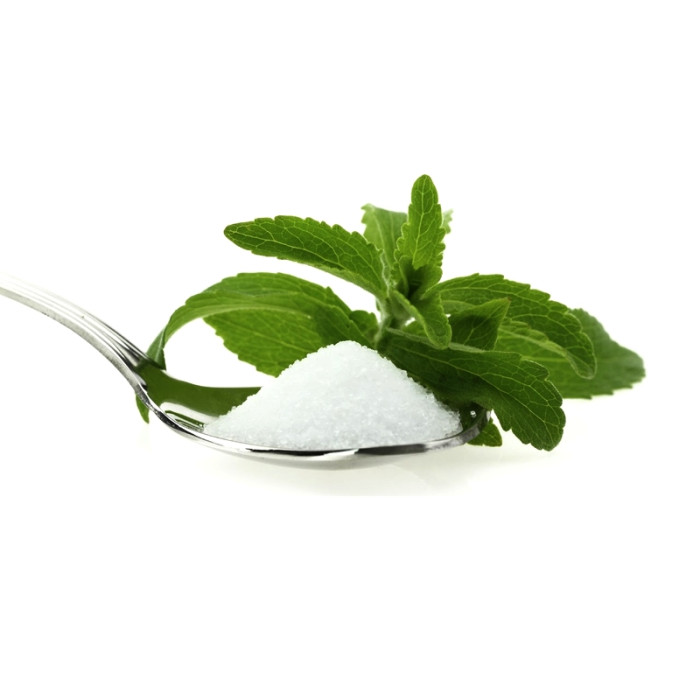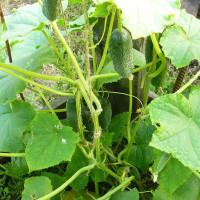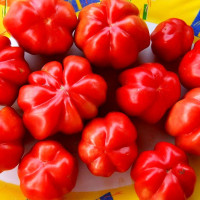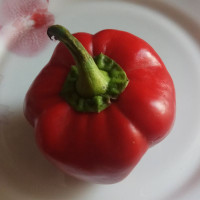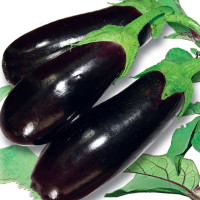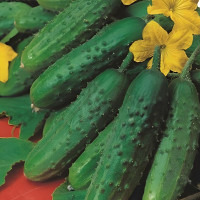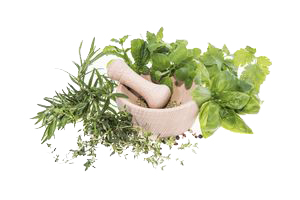Stevia - is a genus of perennial plants of the Asteraceae family. The Paraguayan Indians call it Kaa-hee, which means “honey grass.” Numerous studies have shown that with regular use of stevia, the content of sugar, radionuclides and cholesterol in the body decreases, cell regeneration and blood coagulation improves, the growth of tumors is inhibited, blood vessels are strengthened, and the choleretic, anti-inflammatory and diuretic effects of this wonderful plant are also noted.
Medical research has also shown good results for using stevia to treat obesity and hypertension.
In 1931, French chemists M. Bridel and R. Lavey isolated glycosides from stevia, which give stevia its sweet taste. The extracts were called steviosides and rebaudiosides, which turned out to be 250-300 times sweeter than sucrose. Stevia's sweet taste comes on slower than regular sugar, but lasts longer. However, especially at high concentrations, it may have a bitter aftertaste or a licorice residue. Stevia does not significantly affect the amount of glucose in the blood, and for this reason it is indicated for those suffering from diabetes and other carbohydrate diets. For those who want to lose weight, stevia is the No. 1 product.
Stevia is a perennial, but in our conditions it is grown as an annual. The soil is prepared from two parts sand, one part rotted humus, and you can add a little humus. The soil is compacted, leveled and the seeds are laid out without covering them with soil. The box is covered with glass or film and germinated at a temperature of 18-20 degrees. Water the stevia seedlings from a spray bottle.
When the stevia seeds sprout, place the box in the light and remove the glass. A little shade from the bright sun. After the true leaves appear, the seedlings are transplanted with a clod of earth into separate containers, replacing part of the sand with light soil. The seedlings are watered and fed with complex fertilizer once a week. Stevia shoots are cut in the mass budding phase. Before frost, the plant is cut off and the stevia rhizomes are stored at a temperature not lower than +3, sprinkled with earth.
Stevia grows very well indoors, so without pruning you can plant it in a 4-5 liter pot and grow it in winter.

No questions about this product, be the first and ask your question.



